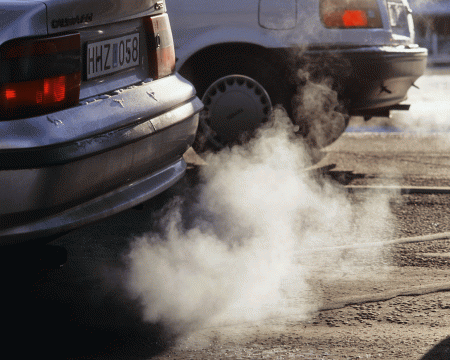June 7, 2016 – A country with a population of just over 5 million, and that owes its wealth to oil, is making the low-carbon economy turn to ban vehicles running on gasoline and diesel by the middle of the next decade. Norway’s political leadership from both left and right (more reluctant for the latter than the former) is moving faster than any other country to establish its low-carbon creds.
The country’s Sovereign Wealth Fund, accumulated from its offshore oil revenue, and worth $850 billion US, is in the process of divesting itself from fossil fuel companies.
Norway today gets 56% of its energy for powering homes, businesses and transportation from renewable hydroelectric sources. Wind, solar and wave technologies represent only a small percentage in the renewable mix. Interestingly, Norway has few incentives to encourage development of these other renewable sources because the country is well served by its hydroelectric infrastructure.
That abundance of grid-based electricity is helping the people of Norway to buy electric cars (EVs) in greater quantity than anywhere else on the planet. Today 24% of all new vehicles sold in the country are EVs. Norway has more EV charging stations per capita than any other country. In April of 2016 it reported it had reached 50,000 EVs registered. That was two years ahead of schedule.
The 50,000 number is important because Norway’s government had set that as a target that would lead to an automatic review of its existing incentives to purchasers of EVs. These incentives included no sales tax, free parking, free charging stations, free bus and high-occupancy vehicle lane privileges and free booking and rides on Norway’s many car ferries. Now the country has to consider, should they keep the incentives or try and recover the annual loss of tax revenue representing as much as $500 million U.S. If the new 2025 goal is implemented it appears Norway has made its choice to stick with the EV program for good.
What other low-carbon initiatives does Norway have up its sleeve?
Norway participates in the carbon cap and trade system set up by the European Union even though it is not an EU member.
Its emission targets for 2020 are between 30 and 40% below 1990 levels.
Emissions are not exclusive to carbon dioxide. Other greenhouse gas provisions include nitrous oxide and perfluorocarbon reductions.
The country has instituted a price on carbon. 80% of domestic emissions are taxed. Every gasoline and diesel-powered car sold is levied a proportional tailpipe emission tax.
It appears these programs will continue.
As part of the EU cap and trade system Norway has issued free carbon tax credits for Phase 1 of the program. This has given 95% of businesses a subsidy so they can get used to the trading system.
Entering Phase 2 the free credits are now down to 39%. Businesses must purchase the rest.
No oil companies have ever received free carbon credits.
When Phase 3 is implemented the EU along with Norway will integrate all cap-and-trade regimes and carbon taxes and freely share in knowledge transfer aimed at wholesale conversion to low-carbon programs and technologies.
To date Europe has fallen behind schedule largely because of poor economic performance. But not Norway which despite falling oil prices continues to enjoy a robust financial position.
Norway has also taken a leadership position in another initiative that other countries may choose to emulate. It has invested in offshore carbon sinks through the country’s International Climate and Forest Initiative. This provides money to Developing World countries to preserve their forests rather than cut them down. The money invested is proving to be a boon to African, South American and South Asian economies where hard choices have to be made between clearing forested areas for agriculture or leaving them in their natural state.
Is Norway the paradigm for the Developed World? Can other countries follow suit?









